This review has been translated from the Bahasa Malaysia version, written by our colleague Izwaashura Sadali and published on paultan.org/bm.
Since Mazda announced details of its next-generation SkyActiv petrol engine, SkyActiv-X, many enthusiasts – especially Mazda loyalists – have been eager to find out just how effective Hiroshima’s radical new technologies would be.
Expected to make its production debut next year, the company’s new engine was initially supposed to use a technology called Homogeneous Charge Compression Ignition (HCCI), which does away with the spark plug completely – only using compression pressure itself to ignite the fuel/air mixture, like a diesel. However, the finalised version will instead retain the use of a spark plug to control ignition timing at specific periods.
Called Spark Controlled Compression Ignition (SPCCI), the technology is still in prototype stages, but Mazda has confidence in its SkyActiv-X engine. At a time when other carmakers are moving to plug-in hybrids and electric vehicles, it insists on soldiering on with internal combustion engines – not just because it wants to go against the grain. Instead, the company believes the ICE can still be relevant on the market.
Mazda is so excited of its technology that it recently invited motoring journalists from the Asia Pacific region – including from Malaysia, Thailand, Philippines, Indonesia and Vietnam – to Fukuoka, Japan for its Mazda ASEAN Tech Forum 2018, with a test drive of a next-generation Mazda 3 prototype fitted with the SkyActiv-X engine billed as the highlight of the event. Read on to find out how it drives.
What is SkyActiv-X, and how does it work?
It’s no secret that Mazda has long aimed to build an engine with compression ignition, as part of the company’s long-term goal for its SkyActiv umbrella of technologies. Compression ignition allows for a much leaner air-fuel ratio (more than 30:1 as opposed to the stoichiometric ratio of 14.7:1 on a typical petrol engine, Mazda claims), which vastly improves efficiency.
The only problem is that there is no way to control the timing of the ignition, so it can really only be used under very light loads.To solve this, Mazda reduced the compression ratio of the engine just enough so that the fuel doesn’t spontaneously ignite.
To kickstart the combustion process, a spark plug ignites a small amount of rich mixture around it; the resulting flame kernel raises the pressure within the combustion chamber, burning the rest of the mixture that is leaner. Mazda calls this Spark Controlled Compression Ignition (SPCCI).
Also fitted is a supercharger, but it’s not there for extra power. Rather, the blower is there only to increase the amount of air in the cylinders while running the same amount of fuel, in order to run an even leaner air-fuel mixture.
The technology is so effective, the company says, that the 2.0 litre SkyActiv-X engine’s fuel efficiency equals or even exceeds that of the 1.5 litre SkyActiv-D diesel engine. The mill is also claimed to offer improved response and between 10 to 30% more torque compared to the 2.0 litre SkyActiv-G engine, which Mazda says is equivalent to the larger 2.5 litre motor.
The prototype SkyActiv-X engine was installed within the bodyshell of a current left-hand drive Mazda 3. According to Mazda, the C-segment hatchback was used to give an idea of the engine’s performance from a 2.0 litre capacity, which is identical to the donor car’s original SkyActiv-G mill.
“However, we can produce a variety of engine capacities for the SkyActiv-X engine such as 2.5 litres in the future. But for the launch, we have chosen a 2.0 litre engine capacity,” said deputy general manager of Mazda’s powertrain development division, Tsuyoshi Goto.
After we were given a presentation of Mazda’s roadmap for the future and details on the SkyActiv-X engine, we were let loose in a SkyActiv-G-powered Mazda 3 before getting behind the wheel of a prototype with the SkyActiv-X, both in manual and automatic transmission flavours. The Mazda Proving Ground in Mine, Yamaguchi was the prime location for getting a feel of Mazda’s latest powertrain technologies.
Before that, we were reminded to respect the track’s speed limits as well as to follow the marshalling vehicle in front. We were also informed that the SkyActiv-X prototype was not fitted with traction control, stability control or airbags, so due caution was requested.
Stepping into the prototype, we noticed a tablet affixed to the dashboard, which displayed the mode the engine was currently in using a traffic light system. Red meant that the engine was in regular spark ignition mode, while yellow indicated that SPCCI was in action. The green light, on the other hand, showed that the engine was in lean fuel mode, using its fuel in the most efficient way possible.
However, it was difficult to establish the current engine mode as we had to follow the speed of the car in front, and our focus was also placed on the direction of an unfamiliar track. We could only really keep track of the modes when we were driving at a slow speed, around 50 km/h.
In this writer’s experience, the torque delivery was quicker with the SkyActiv-X engine when throttle was applied, compared to the SkyActiv-G. Not only that, the newer mill also felt freer, more muscular, with plenty of zeal even at higher speeds.
With the manual transmission, the loud roar of the SkyActiv-X unit, even at speeds of between 30 to 40 km/h, was almost urging this writer to shift to a higher gear. However, we were told that a lower gear ratio has little effect on fuel economy, and as such, we were encouraged to use fourth or fifth gear instead of sixth and stay in compression ignition mode while improving engine response – handy in the city, for example. It’s like having both Sport and Eco modes at the same time, Mazda claims.
Even when using compression ignition, the engine remains smooth. According to Mazda, you’d have to pay close attention to tell which ignition mode is in operation, depending on the driving conditions. On smooth roads at low speeds, there’s a slight diesel-like tune, but once you get up to speed or driving over coarser road surfaces, it becomes unnoticeable.
During our testing, the yellow light on the tablet was lit around 60% of the time, indicating that the engine was mainly running in compression ignition. It was quite difficult to light up the green light, especially when using the manual transmission. It may actually be possible, just that the driving conditions at the time prevented this writer from achieving it more regularly.
The SkyActiv-X engine prototype uses a 16:1 compression ratio, compared to 14:1 on the SkyActiv-G. SkyActiv-X also uses high-pressure direct injection as well as a pressure sensor that allows the engine to accurately adjust the injection and spark timing to control the SPCCI system.
As the engine is still in prototype stages, there are still a number of issues present, and these were shared with Mazda employees when we were asked. Many of us noticed a knocking sound, especially when switching between compression ignition and spark ignition. Mazda said that it was aware of this problem and promised to resolve it before the production version is introduced next year.
Mazda said that the SkyActiv-X can use fuel grades as low as 87 octane. Using a more premium grade, however, would allow the engine to get up to peak torque faster – even though there’s no change in the torque figure itself – transforming the engine’s character.
Due to our short time with the prototype, it was hard to know how much fuel the technology saved, although Mazda claimed that the SkyActiv-X uses up to 30% less fuel compared to SkyActiv-G. Of course, SPCCI plays an important role in reducing fuel consumption, as well as improving performance by using fuel in a more efficient manner.
For the SkyActiv-X, Mazda estimates outputs of 188 hp and 230 Nm of torque from a 2.0 litre unit. Contrast that to the similarly-sized SkyActiv-G mill in the current Mazda 3, which makes 162 hp and 210 Nm, as well as the 185 hp/250 Nm 2.5 litre SkyActiv-G in the Mazda 6.
There’s still a year or so left before Mazda introduces the new engine in a production vehicle. The company’s engineers will undoubtedly be working hard to resolve any issues currently present in these prototypes. As such, there are high expectations that will be placed on Mazda’s shoulders to see it succeed.
Based on the short feeler we’ve had, Mazda’s against-the-grain effort does indeed look promising. Whether car buyers would accept this new kind of a large capacity, (mostly) naturally-aspirated petrol engine while virtually the rest of the industry is moving towards small capacity turbo motors and/or electrification, we’ll have to wait and see.
How about you, though – would you choose Mazda’s left-field tech over the norm? Let us know in the comments section below.
- cof
- cof
- cof
- cof
- cof
- cof
- cof
- oznor
- cof
Looking to sell your car? Sell it with Carro.

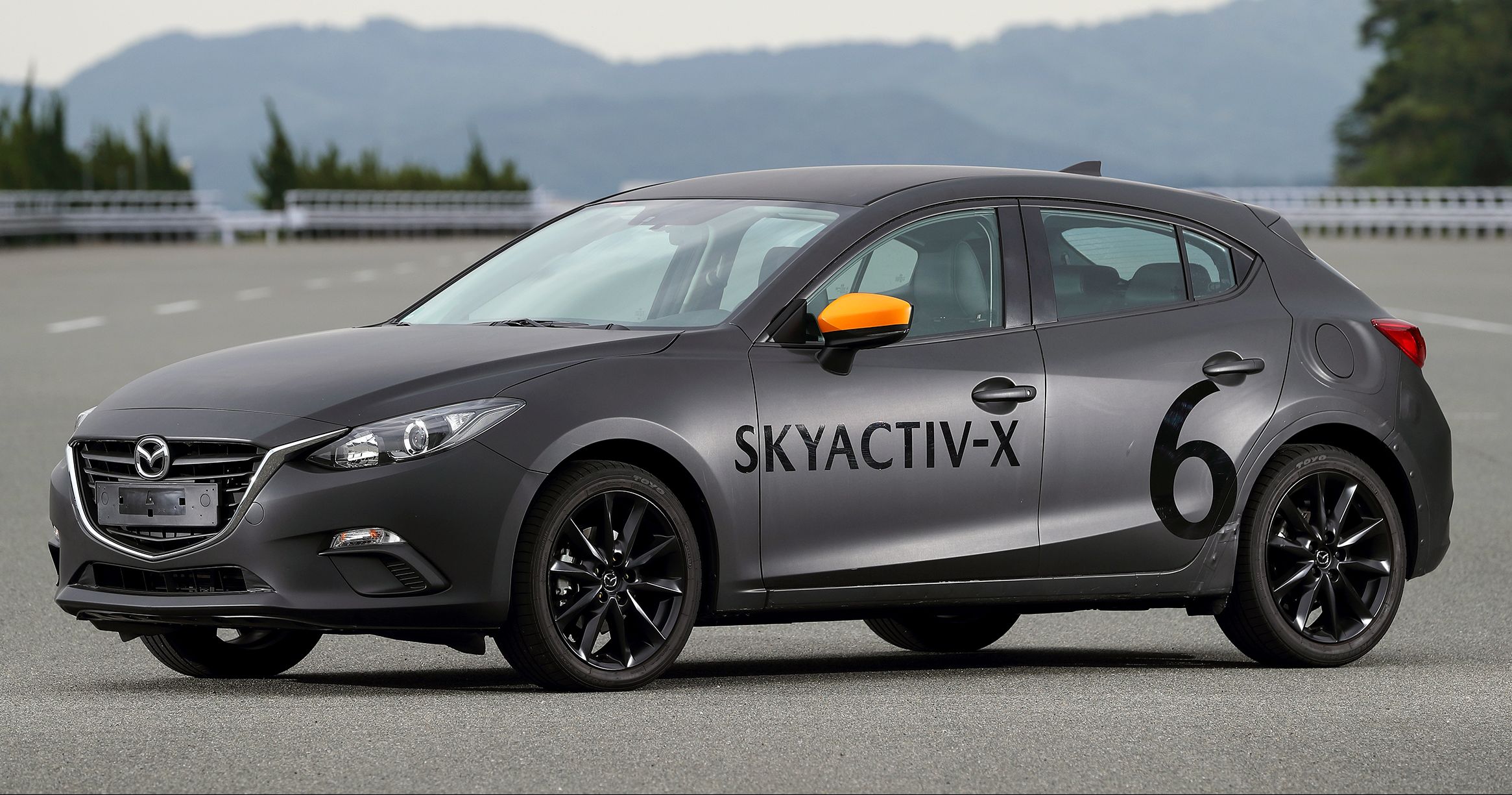
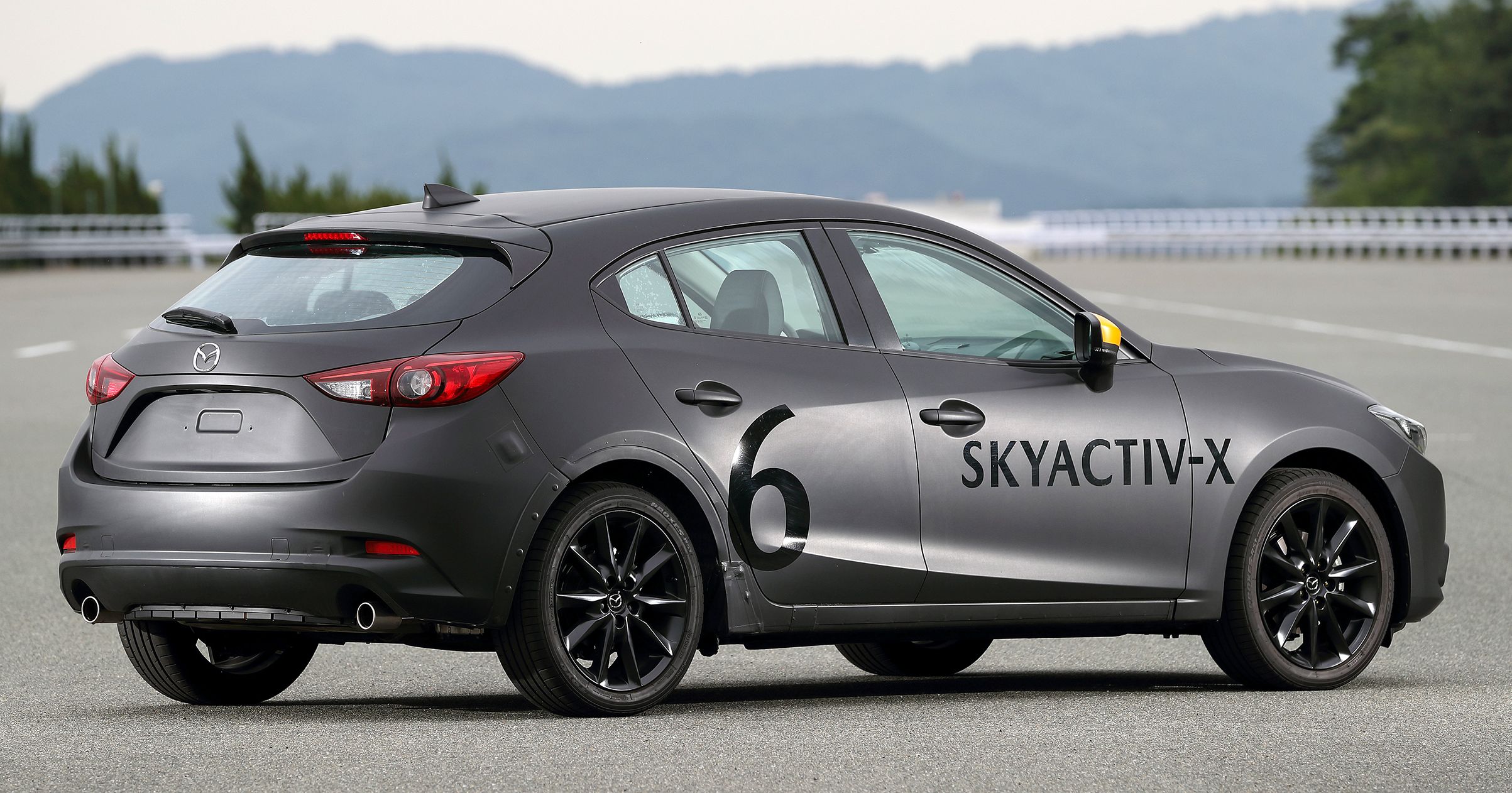
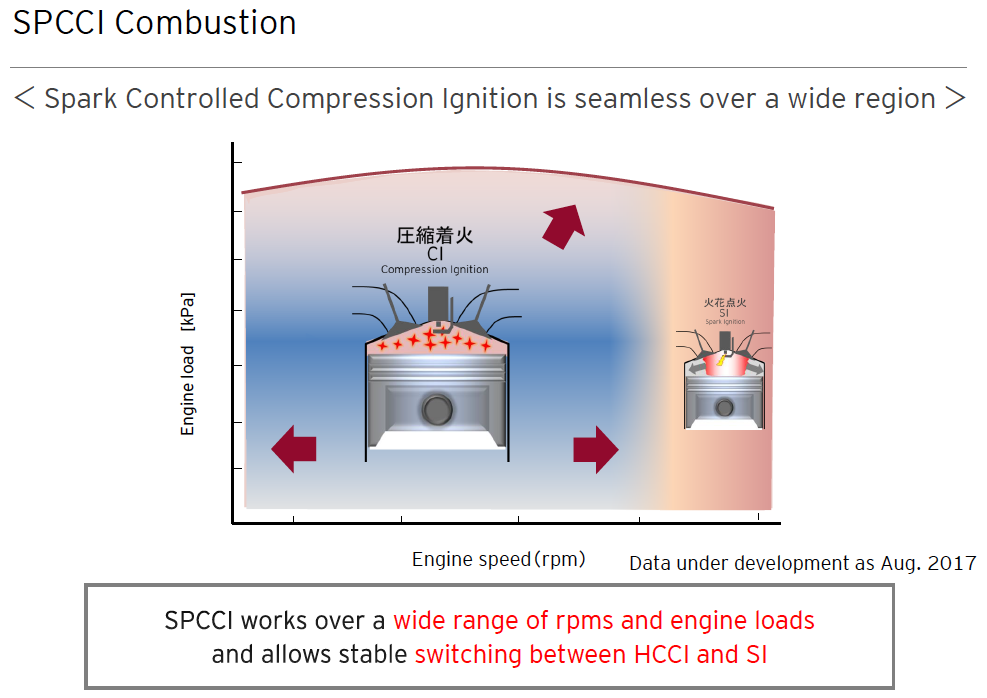
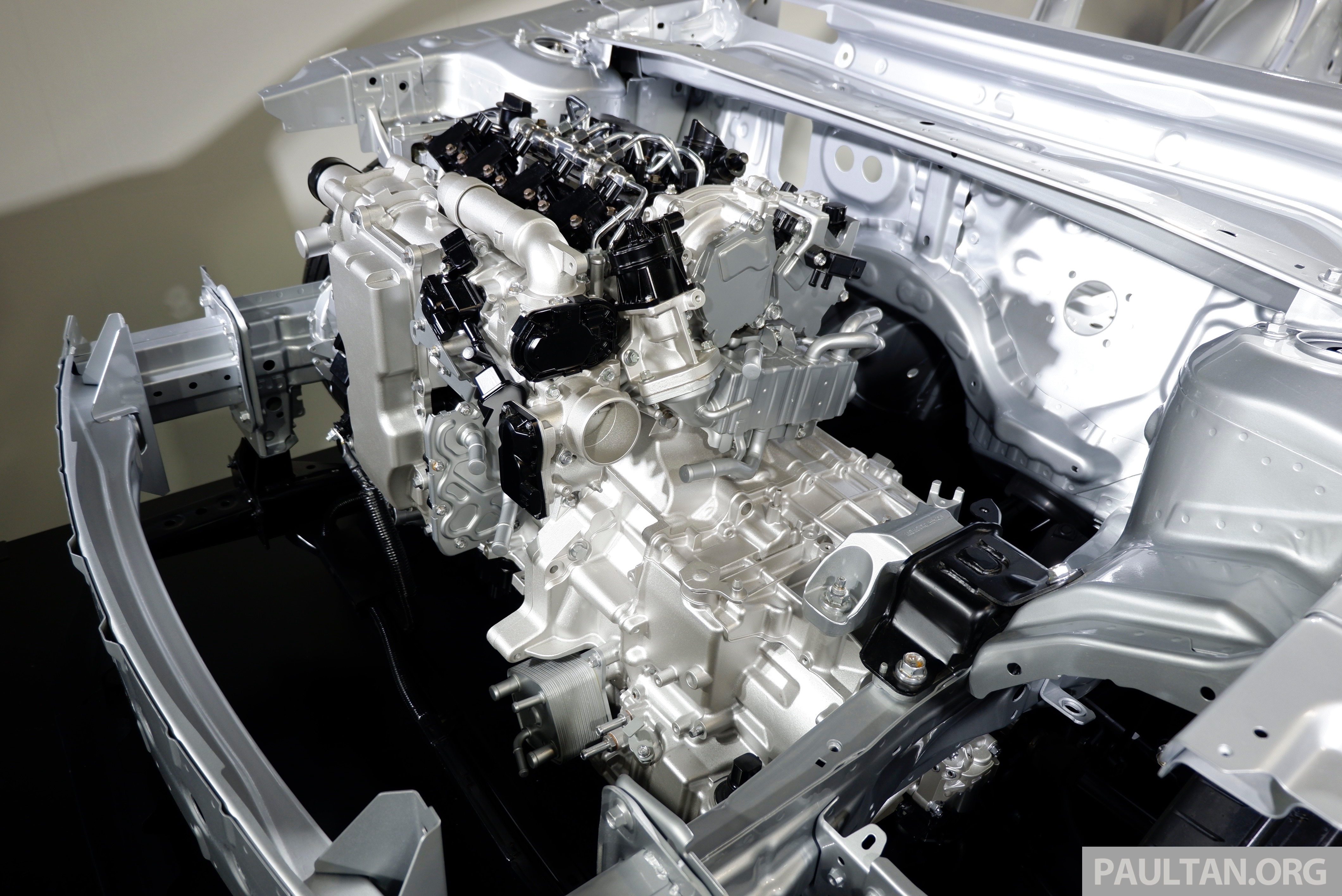
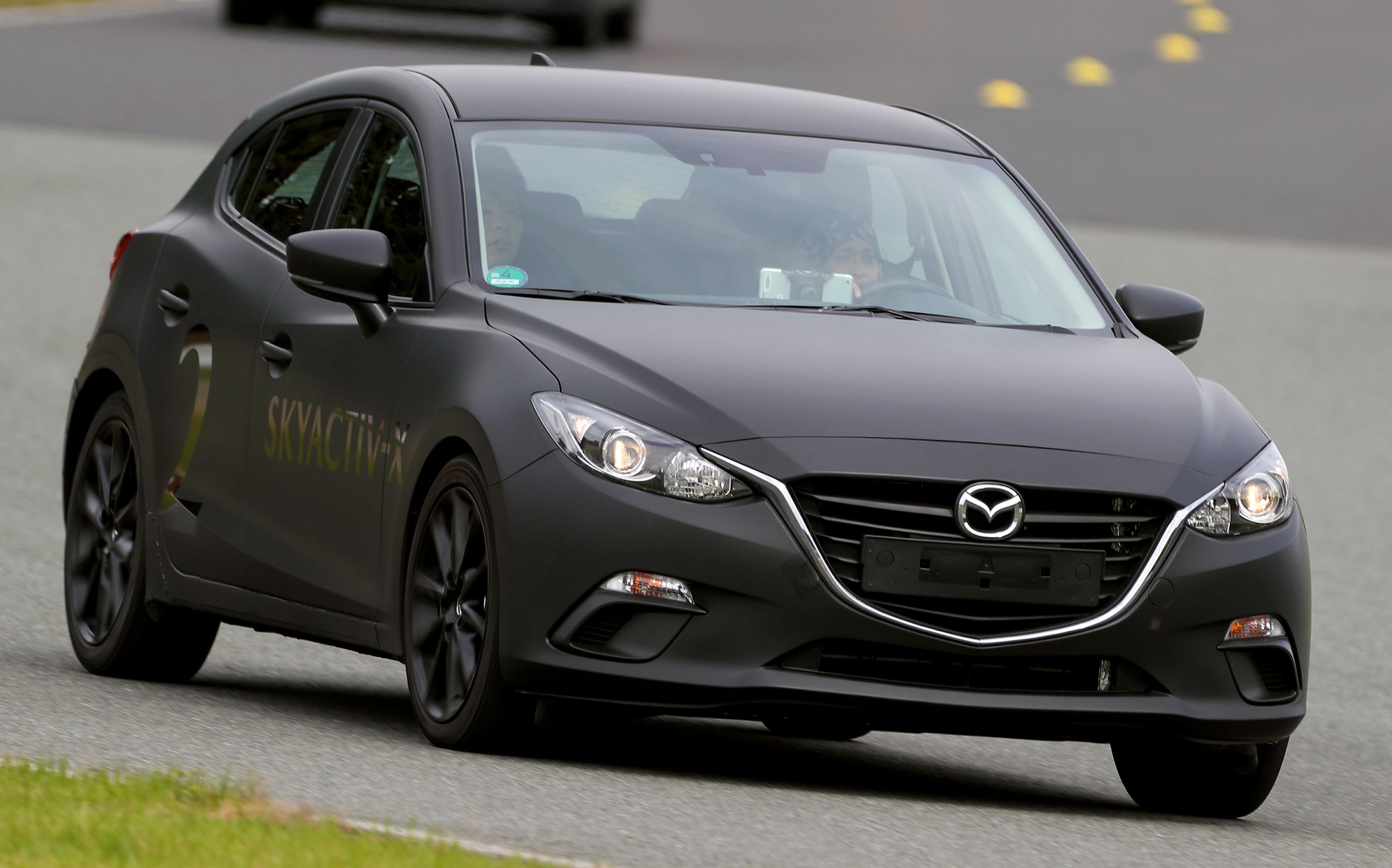


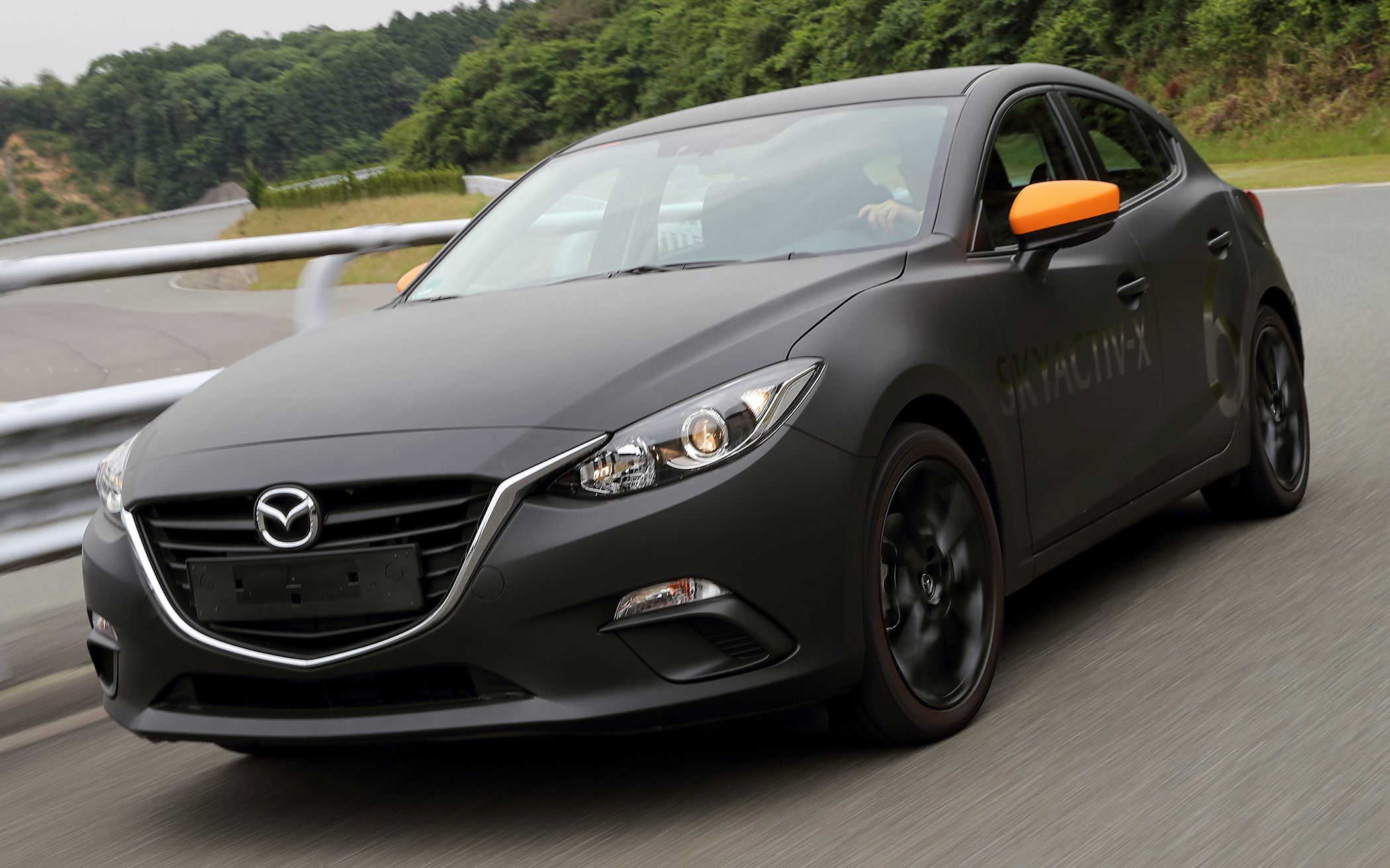





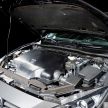
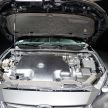

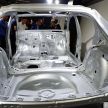
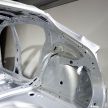


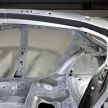
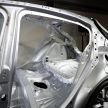
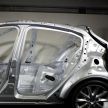
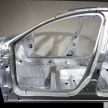
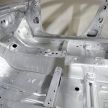
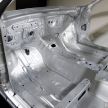
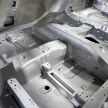
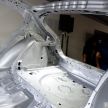
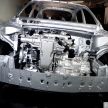
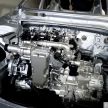
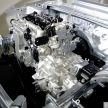
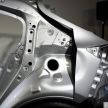
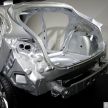
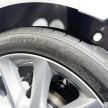
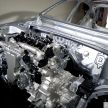
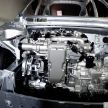
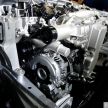

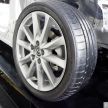
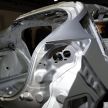
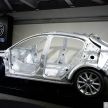




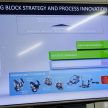


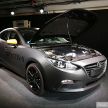
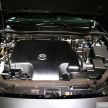
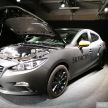








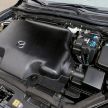



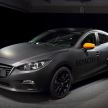

































The output figures are not really outstanding, only marginal. The torque is not diesel-like. Hopefully fc will be like diesel.
Mazda not listening to grassroots support base
there is a reason why mazda was interested in collaboration with Toyota, the THS II is one of it. similar goes to Toyota – eager to learn how Mazda developed and improved among others ICE and conventional auto gearbox (things in Sky Activ).
same reason why BMW and Toyota both agreed for an MoU even though both are highly advanced in terms of car engineering (Toyota can produce a car as excellent as 760iL and M6, BMW now capable of producing more than 20 vehicles at the same time when they were doing about 6 some 20 years ago (3 series incl touring, coupe and soft top conv, 3 compact, 5 incl touring and 7 series))
Dying tech.
As long as not campro vvt & DSG transmission
Interesting. Do share which car has Campro mated to DSG gearbox. Or is that another one of ur long list of fake news?
…said the guy who’s never owned a Mazda? I have, and amid the 10 or so other cars I’ve owned, it’s at the very top of my list for quality, durability and outright fun.
until MY revise the road tax calculation. people will choose yurbo over this
long time ago ,the honda already got the 2L engine outputs of 240ps ,218Nm.but now…..1.5turbo engine get a lot of trouble for the crv on china market. miss the honda vtec era and the philosophy of Soichiro Honda .hope the mazda will keep their philosophy longly despite the turbo inundate era.
Mazda was pioneer in tebo era with their tebo rotaries. Now Mazda and Honda have switched engine philosophies.
long time ago is long time ago. your stupid honda s2000 cannot meet euro6 emission standards, nor 15km per liter fuel consumption.
What sad is Malaysia still charge the road tax according to engine size, not the efficiency or carbon emission
It normal that bigger the litre , bigger the emssion but not necessary, Msia just went the easy way~
Lets hope 3rd time is the charm.
In the 60s and 70s, Mazda though the Rotary had promise.
In the 90s, They thought the Supercharged Miller Cycle engine had promise. (using a heavy 3.0L V6 block with only an effective 2.3L displacement and boosted by a supercharger)
Going against the grain, apparently hasn’t really helped Mazda much, in terms of powertrain.
Mazda has been doing a great job in terms of build quality, driving dynamics and design. Hope another powertrain faux pas wont set them back further.
The really odd thing is, Mazda has extensive turbo charging expertise, in fact the only Japanese main stream manufacturer that had turbo powered offerings all through 70s, 80s, 90s, 00s and 10s
It’s part and parcel of innovation, you try and fail and try again, that’s the can do spirit that people admire about Mazda.
Agree, its parts & parcel of innovation & development however the 1st tier consumers r gonna be the guinea-pigs investing on their new X engine. Finger’s crossed and hope the X- engine wont repeat Mazda’s mass produced rotary engine downfall !! Beautiful 7’s & 8’s with unreliable engines.. The cars spent more time in the mechanic’s garage rather than roads or at-least porch..
So do we still buy the current CX5 knowing that the next facelift could be fitted with the new engine?
Nah.
the GST rebate is more than enough to make up for it.
But if cannot get before SST comes in, then waiting for the new engine tech is a wiser move – but this is 2020 punya story laa. Long way to go
this new engine will launch in 2019, maybe malaysia will get it in 2020.
mazda3 2019 is about to challenge current honda civic performance. I guess next gen mazda3 can go 8.0sec in 0-100 sprint
Not much buyesr want to take the risk for the X…please launch the 2.0G n 2.5G turbo for 3 n 6 in Malaysia
If you’re going compression ignition for petrol engine, means you will have the diesel-like clatter. So it defeats the purpose of buying a petrol engine in the first place which you aim for refinement. Lightweight small cc turbo engine with good low rpm response is the future for petrol engine.
the article agrees with you, it mentions “Many of us noticed a knocking sound”. mazda probably will compensate by adding more sound proof which will add weight.
Mazda should tell people to use higher octane fuel, 87 octane is not enough octane for a 16:1 compression ratio engine. The higher the octane number of the gasoline the less engine knocking you will have.
You need to remember that this is ultimately a petrol engine. It may sound like a diesel, but it will behave like a petrol.
It requires cheaper low octane petrol, has the torque and fuel economy of a diesel engine, the horsepower of a petrol engine, and doesn’t have the price tag of a hybrid; who in their right mind would pass up an engine like that, just because of the way it sounds? People will buy this just as people have bought diesel engines over petrol.
Conventional spark-ignition turbo petrol engines has been done extensively. It’s a lot of tinkering to get it to where it is, and they don’t even work as advertised in urban driving. HCCI by nature is just the better combustion mode. It doesn’t need to be engineered for efficiency (both in fuel consumption and thermodynamically), it just is.
Give it up Mazda, electric is the future.
They have been working on one for many years. It’s called Demio (Mazda 2), and it has a coil switching motor, and 200 km range. They have leased 100 units a few years ago to get feedback for further development, meaning that they have made close to production ready EVs for some time.
They just believe that EV is irrelevant right at this moment, especially when they can make fossil fuel cars burn cleaner and use less resource to make the whole car. They could be waiting for homes to produce their own renewable energy. By the time Europe has started banning sales of fossil fuel cars they would be ready.
2.0 only 188hp and 230Nm of torque.
civic FC 1.5 turbo also can develop 172hp and 220Nm. nothing impresssive about the skyactiv-X.
Unless the civic consume only as much fuel as a diesel engine, then there’s nothing impressive about the civic 1.5 turbo either. There are other better turbo engines out there.
They did it without turbo charged, way better fuel consumption, much smoother power response and fo your info it’s all about torque.
turbo engines have lag. NA engines have better throttle response compare to turbo .
Honda fanboy, Hyundai elantra sport can produce 200hp and 245nm with a 1.6 litre turbo as well. Didn’t see you bring that up? It is also pair with a DCT and not a boring CVT. Lol
I want to see it.
Petrol engines are here to stay. We have discovered more oil than any time in mankinds history so the supply is secure. There is no other more cost effective way to store and release energy than using petrol.
I do not buy the eco friendly story with hybrids and electric cars. Disposing of batteries is definitely not eco-friendly and replacing them is expensive. Nor is the limited range of the Tesla world interesting. I love this gasoline engine innovation and will buy one as I want my dollars to vote for this kind of innovation until we can get to Hydrogen which I think is the end game.
Totally agree with your insightful comment. Hydrogen is the ultimate end game and should be discussed more. Most people have been fooled by the false claims of hybrids being better for the environment.
I do not buy the eco friendly story with hybrids and electric cars. Disposing of batteries is definitely not eco-friendly and replacing them is expensive. Nor is the limited range of the Tesla world interesting. I love this gasoline engine innovation and will buy one as I want my dollars to vote for this kind of innovation until we can get to Hydrogen which I think is the end game. Nice job Mazda for being an innovator!
Tell us more about the maintenance of GDI engines. The carbon deposits at the valve.
Yup.